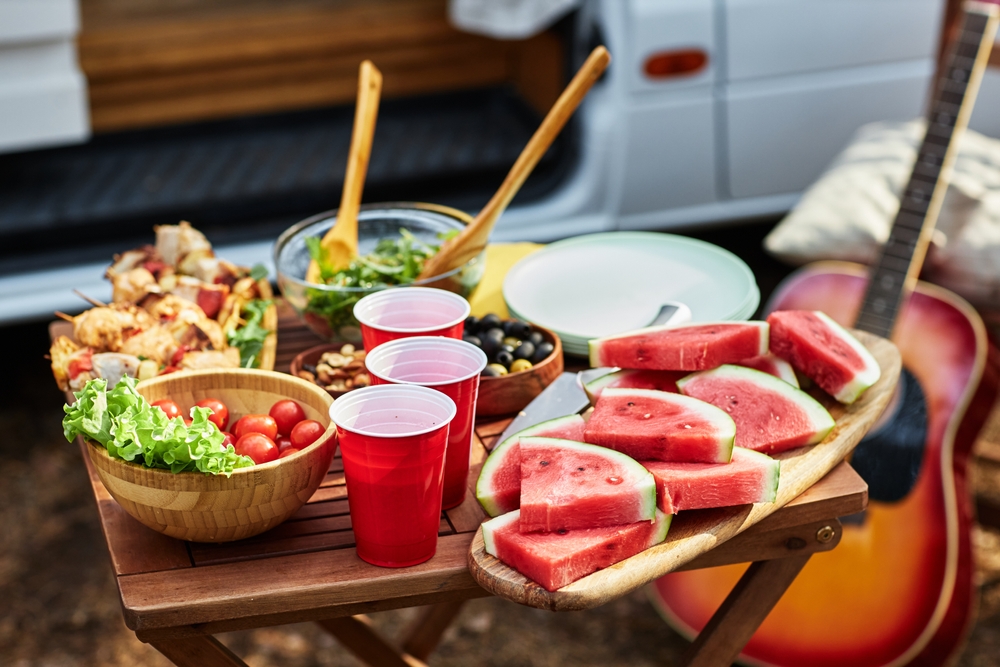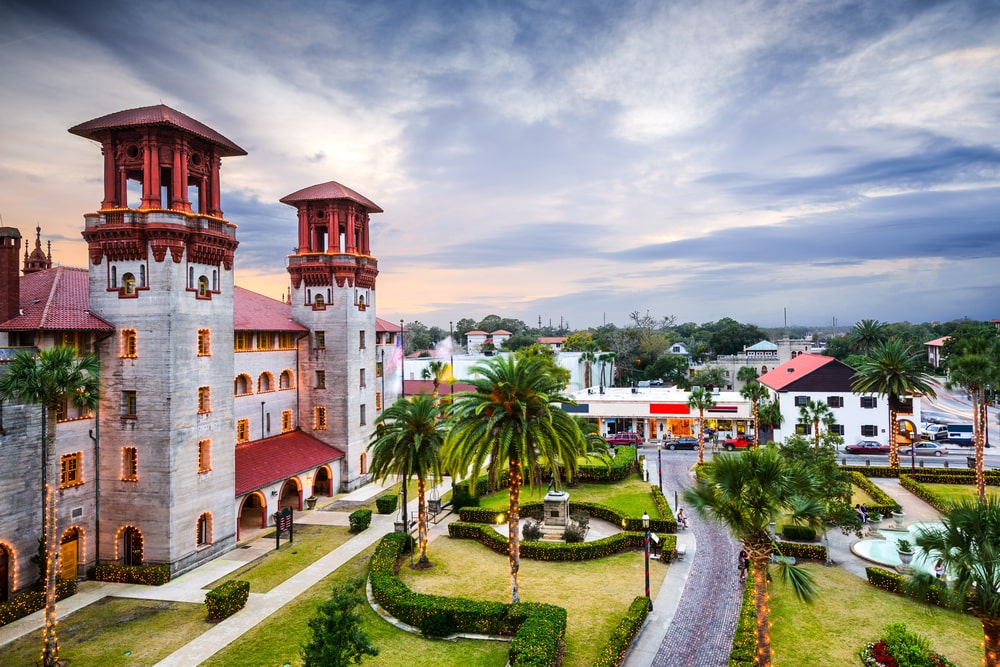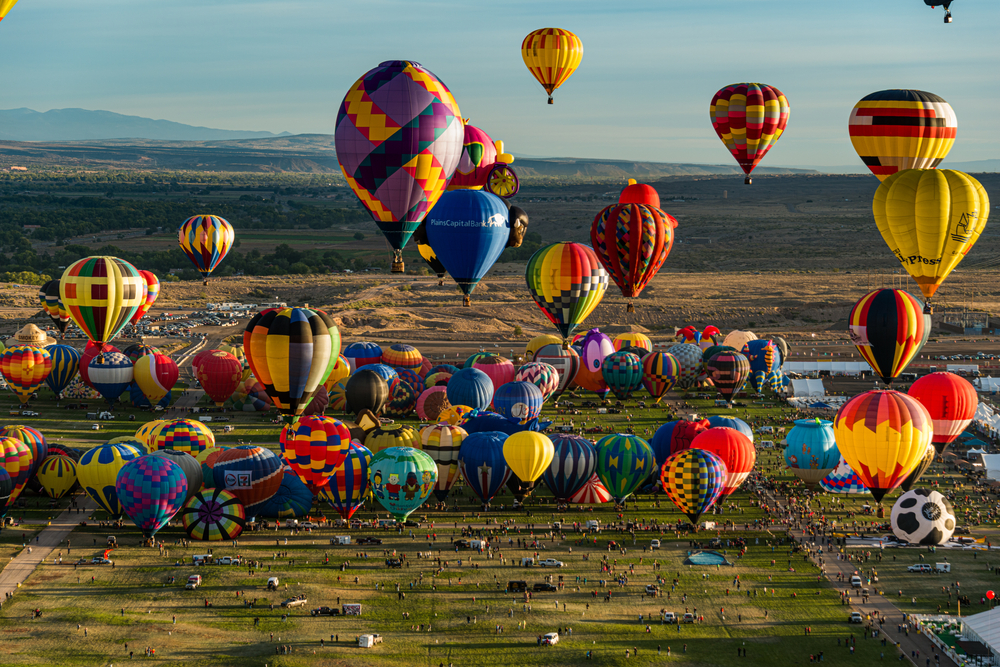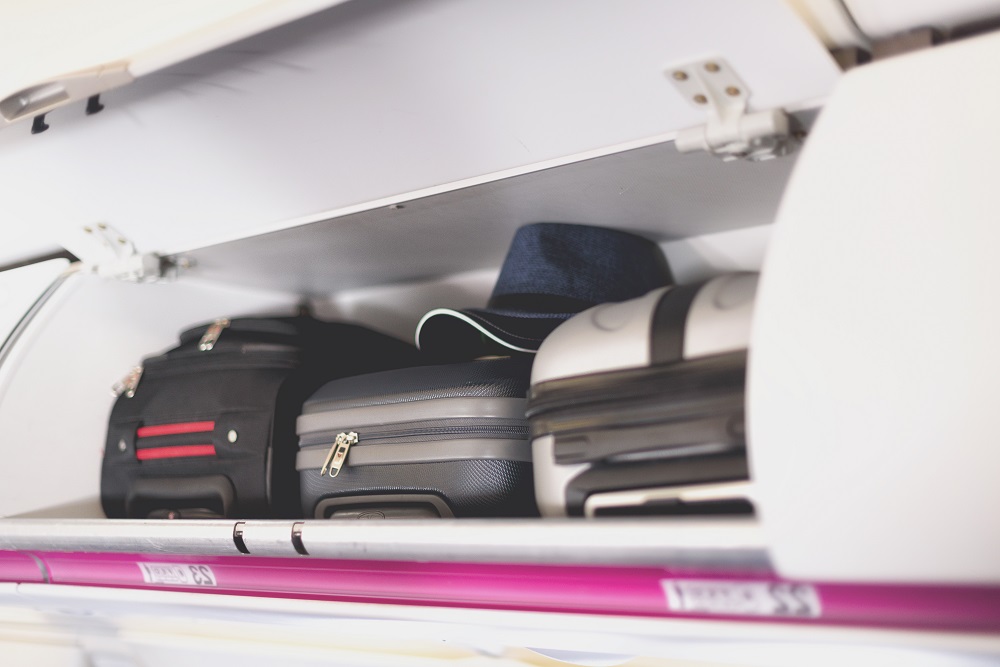Make sure you know all the best tips for food storage when camping!
Camping excursions are ideal for individuals who appreciate the outdoors, and they frequently entail lengthy days of high-energy activities such as swimming, hiking, and boating. This causes everyone to have a huge appetite and frequent requests for food throughout the day.
A good camping vacation, on the other hand, might quickly turn sour if you don’t have the correct camping food storage gear and skills.
Improper food storage can cause rotting or attract harmful creatures like bears and pests. The usual guideline for preserving food when camping is to keep hot meals and cold foods cold, which is more difficult to achieve when your kitchen is outdoors. Some clever camping storage ideas might easily save the day.
Keep on reading to make sure you discover the best camping food storage!

Non-Refrigerated Food Products for Camping
There are many wonderful meals to bring with you that will do well in a shaded location of the campsite in adequate containers. Without refrigeration, hard salami and hard cheeses such as parmesan and cheddar hold up well.
- Protein: Cured meats such as Hard Salami, Powdered Eggs, Almonds, Unpasteurized Eggs, and Well-Cooked Bacon.
- Dry Goods: Beans, cereal, bread, oats, rice, pasta, and tortillas
- Dairy Products: Butter (2 to 3 days), Powdered Milk, and Hard Cheese
- Fruits: Grapefruit, Apples, Sweet Lemons, Limes, and Oranges.
- Vegetables: Broccoli, Celery, Onions, Carrots, Tomatoes, Potatoes and Zucchini
- Extras: Energy Bars, Peanut Butter, Raisins, Beef Jerky, And Trail Mix.
Another option is to bring sliced canned ham to make lunch sandwiches. Citrus fruits, in particular, retain well, while tomatoes keep best if firm and not overripe.
Make sure that all of the vegetables you bring for camping are in good form, with no bruises or soft places.
Refrigerated Food Products
One thing that might ruin your long-awaited camping trip is having your food rot before you can enjoy it. And if you aren’t aware of the spoilage, you and your fellow campers may contract a horrible stomach sickness, ruining your vacation.
Proper food handling is also critical since carelessly washed and kept food can retain salmonella or even E. coli.
- Dairy products: Soft Cheese, Milk, and Yoghurt
- Proteins: Pasteurized Eggs, Fish, Chicken, and Meat
- Fruits: Strawberries, Grapes, Cherries, Blueberries, and Mangoes
- Vegetables: Bell Peppers, Avocados, Lettuce, Celery, Mushrooms, and Squash
- Extras: Mayonnaise, Jam/Jelly, and Salad Dressings
Store perishable fruits and vegetables in paper bags and keep them separate so that the ethylene released by each does not cause them to overripen. Lettuce performs best when cleaned and chilled right before the camping trip.
Other fruits and vegetables may contain natural preservatives on their skin; thus, wash them immediately before use. Unless you’re carrying a couple of massive coolers, you’ll have to pick and choose which perishable items to bring. Preparing your meals ahead of time will assist with this.
Handling Meat
Keep meat and other items separate, and double-bag meat is kept in the same cooler as other foods. Never cut cheese or fruit on the same cutting board that you use to chop meat unless the board has been well-cleaned with hot soapy water first.
It’s important to have different cutting boards for each, especially if you’re going camping and won’t have access to hot water. One piece of advice is to perform any meat chopping before the camping trip and then freeze it. This will also expedite dinner preparation.

Handling Fruits and Vegetables
Produce, like any other meal, is best when purchased at its height of freshness and consumed immediately after. A head of lettuce or an entire melon is a better bet than a bag of lettuce or pre-sliced fruit.
Furthermore, when bagged at the grocery store and stored in the refrigerator, all produce should be kept separate from the meat and dairy goods. One rule of thumb is to always keep pre-cut or packed food in the refrigerator.
Commercial products for washing fruits and vegetables before use are available, however, they are not required. When you’re camping, simply run them underwater to clean them, even if you’re not planning to eat the exterior portion.
Keep a specialized brush handy for giving solid veggies a little scrape when washing. Before utilizing any produce, dry it with a clean paper or cloth towel and remove any bruises or flaws.
Bear-Proof Canisters
Your go-to hiking food storage option is now a bear-proof canister.
These hard-shell plastic cylinders are available in a variety of sizes. They’re made to fit inside your backpack for hiking. They can hold all of your food, as well as your necessities and any waste.
Bear-proof canisters have a screw-on cap that bears find incredibly difficult to open. Because most bears are aware that they are unable to open these canisters, they will just go on if they come across one at a campsite.
It’s acceptable to leave them on the ground at night, even if you can double up by hanging a bear-proof canister. To further limit the chances of a wilderness bear encounter, use an odor-proof bag inside your bear canister.
If you’re a frequent traveler, it’s a good idea to get your own bear canister. Backpackers may borrow or rent bear-resistant canisters in numerous places, including national parks.

Hanging Food in a Bear Bag
Hanging your food is another method for food storage while traveling, albeit it is currently illegal in some areas. Put your food and other aromatic things (including garbage) in the bear bag and hang it in one of several ways.
Bear poles or bear cables are available at certain authorized backcountry campsites to assist you in hanging your food. If you don’t have one of these, you’ll have to hang your food yourself from a sturdy limb.
Remember to hang your bear bag at least 15 feet from the ground. It should also be at least 15 feet away from any other tree trunks. We recommend hanging your bear bag a long distance away from camp. A height of around 200 feet is a safe bet.
Hanging a bear bag is not only time-consuming, but it can also be difficult to obtain the proper hang (15 feet above the ground, 15 feet away from a tree trunk), especially in alpine or desert settings.
Furthermore, many bears have learned how to open bear bags. Some go as far as to yank on the ropes used to lift the bag in order to bring it down. Although hanging your food is an excellent backup plan, we strongly recommend utilizing a bear-proof canister instead, which is far more dependable and efficient.
If you are looking to add a bear bag to your camping gear, make sure you do not buy the first one you come across. This one here is our recommendation, which is both sturdy and affordable!
Are you looking for more camping-related articles? Sometimes we may want to go camping, or we may believe that it is something that we would like to do with loved ones. Yet, camping is not an activity for everyone, and it is better to check out what it truly entails before committing to a long camping trip. To find out if camping is the best choice for you or not, make sure you check the signs here!










